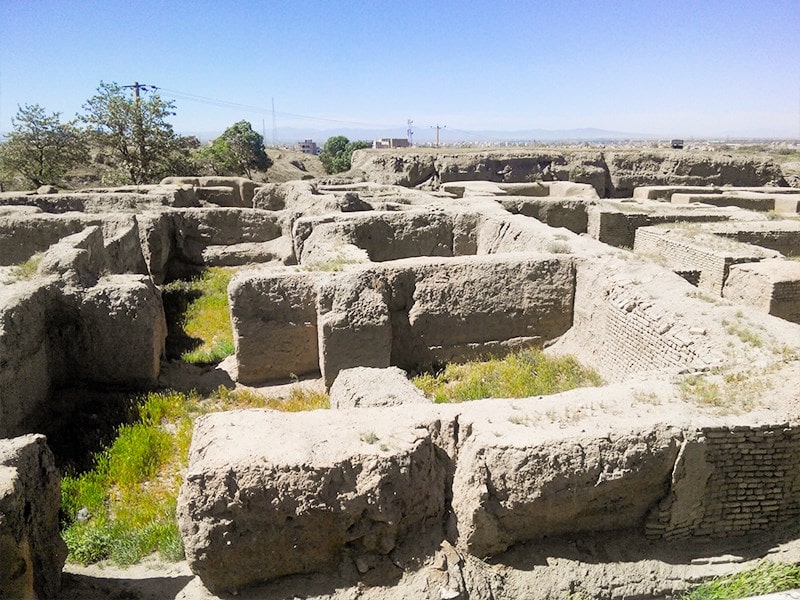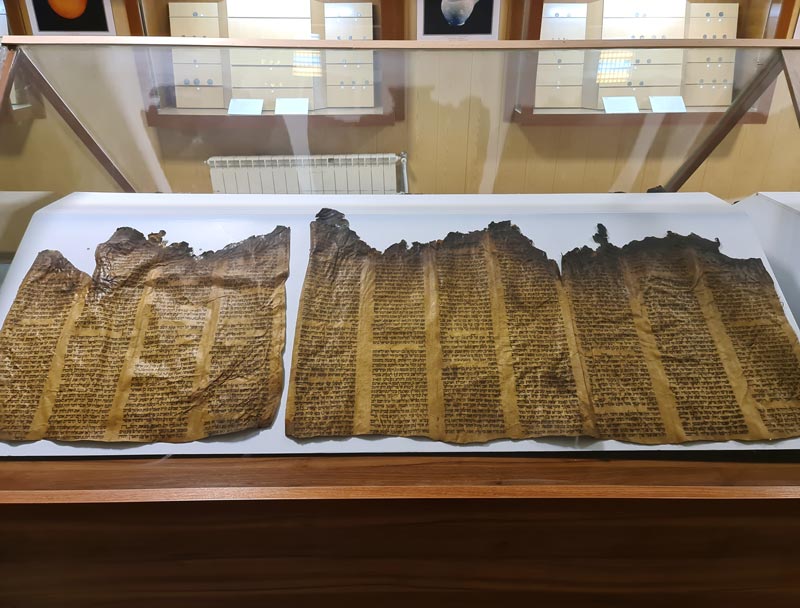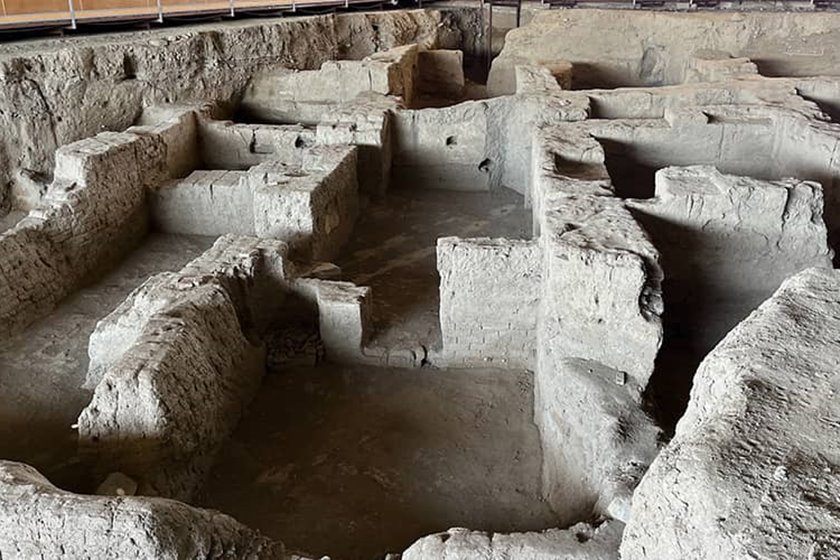Introduction to Ecbatana
Ecbatana is one of the most valuable historical monuments in Persia. This city is located in the center of Hamedan. According to the works obtained from Hegmataneh, it is considered to be over 3000 years old. Ecbatana (Hegmataneh) was founded by the Aryan people of Media, and became the capital of the first kingdom of Persia.
The Medes were a people of the Aryan tribe and lived in the northern, central, and western parts of Persia. Many important factors led this group of people to unite and form a strong government. The most important of these factors were social and cultural growth, the presence of powerful neighbors, contact with indigenous groups on the Persian plateau, and new political and social needs. Following this alliance and the formation of the government, the Medes were able to close the case of the Assyrians, the most powerful people of their time, forever.
This ancient city, on a par with Athens in Greece and Rome in Italy, is one of the few surviving ancient ones. Many archaeologists have attributed the construction of Hegmataneh to Diaco, the first king of the Medes. Some believe that the city was built by Frortish, the third king of the Medes.

History Of Hegmataneh
Hegmataneh was the capital of the Medes. And from the Achaemenids to the Sassanids was also the satrap of the Medes. Diako founded the Medes in 708 BC and made Ecbatana its center. Herodotus writes: This city is made by Diaco, which has seven walls the color of planets.
Ishtvigo, king of the Medes, was defeated by Achaemenid Cyrus in 550 BC, and Hegmataneh fell to the Achaemenids, who ruled on it until 330 BC.
According to Herodotus, the great historian, the royal complex of this ancient city was built on a hill. It would consist of a palace, a treasury, and a military residence, which was covered by seven concentric walls. The inner walls were taller than the outer wall and overlooked the outer ones.
Ecbatana never returned to its original position after the extinction of the Medes, but became the summer capital of the Achaemenids due to its location on the royal road that connected Persepolis to Sard. For this reason, during the Achaemenid period, prosperity and its development were considered by kings.

The origin of the word Ecbatana
Ecbatana is located in the inscription of Darius in Biston, Kermanshah. Archaeologists and linguists have traced the origin of the word to “Hengmat” meaning the gathering place. They believe that this place witnessed public gatherings before the formation of the Median state.
In Middle Persian, it was named Hamtan, and in New Persian, its name was changed to Hamedan. Ekbatan is also the name given to it by the Greeks. In Latin, it is called Ekbatana or Ekbatanis, and in Armenian it is called Hemtan and Ekbatan. Interestingly, in the coins discovered during the Sassanid rule, ohmutan is introduced as the place of minting. The first texts in which the names of the Medes and their related areas are mentioned are the 24th calendar of Charles Munzer III (836 BC) and Sargon II (The emperor of Assyria and the founder of the Sargon dynasty, 715 BC. In these texts from their people and land called Madai or Amada, inscriptions have been recorded and left. Many historians also have opinions and beliefs about the antiquity and reason for building the city of Ecbatana. Have expressed themselves.


